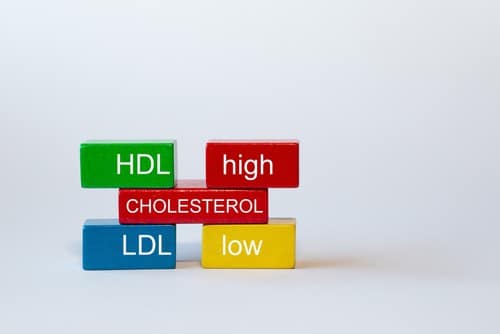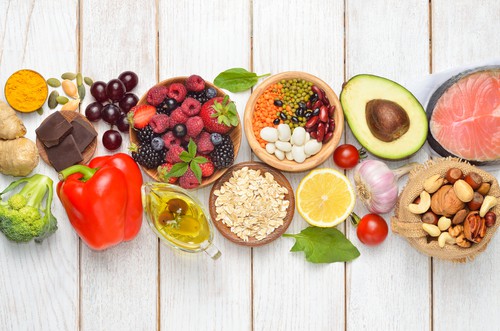The word ‘Cholesterol’ commonly gives the impression of something dangerous to our health. It is because almost all of us have someone in our family or friend group who has high cholesterol levels or uses cholesterol medicine.
Around 29 million U.S. adults have total cholesterol levels higher than 240 mg/dL.3. Moreover, nearly half of them (around 43 million) currently taking cholesterol medicine. But what do we know about the functions of cholesterol in the body? Let’s start with understanding cholesterol:
Cholesterol is actually a substance that already found in the body. Our bodies use cholesterol to make vitamin D from sunlight, as well as produce hormones such as testosterone and estrogen. An optimal amount of cholesterol is essential for a better functioning body. On the other side, having too much cholesterol in the blood can lead to cardiovascular complications. So, cholesterol is not a disease, but high levels of ‘bad’ cholesterol can lead to disease.
There are often no symptoms of high cholesterol until heart disease, attack or stroke occurs. That’s why, it is important to know your cholesterol ratio and understand what is ‘the good, the bad, and the ideal’ cholesterol level.

What is LDL and HDL Cholesterol?
Total cholesterol is made from LDL and HDL cholesterol. These 2 types of cholesterol also known as bad (LDL) and good (HDL) cholesterol.
LDL ‘bad’ cholesterol is a type of cholesterol that can block your blood vessels and reduce your blood flow. Thus, having high levels of LDL increases the risk of stroke, heart attack or other types of heart disease.
HDL ‘good’ cholesterol is the type of cholesterol that aids in moving LDL cholesterol to liver, so the liver can dispose it. That’s why, having high HDL cholesterol level reduces the risk of stroke, heart attack and other types of heart disease.
What is Cholesterol Ratio?
Cholesterol ratio is the ratio that gives your cholesterol numbers. It is calculated by dividing your total cholesterol number through your HDL cholesterol number. For example, if your total cholesterol number is 180 and your HDL is 70, your cholesterol ratio is 2.6. The ideal cholesterol ratio is below 5, around 3.5.
Having an ideal cholesterol ratio is essential to predict your risk of heart disease. The ideal number of total cholesterol and LDL/HDL ratio is below:
Total cholesterol is optimal if below 200 mg/dL
LDL cholesterol is optimal if less than 100 mg/dL
HDL cholesterol is optimal if above 40 mg/dL
Non-HDL Cholesterol
Other than calculating your cholesterol ratio, it can be useful to know your non-HDL cholesterol level. Because having high levels of non-HDL is accepted as a stronger risk sign for heart disease. By subtracting LDL cholesterol from your total cholesterol, you can calculate non-HDL cholesterol.
Non-HDL Cholesterol is optimal if it is less than 130 mg/dL

How to Increase HDL Cholesterol
Cholesterol is produced in your liver. So your eating habits and diet directly effect your cholesterol levels. HDL cholesterol can be mainly improved, by:
Antioxidant and fiber-rich fruits and vegetables: Red fruits such as berries, blood oranges, red grapes, as well as green vegetables such as dark leafy greens, broccoli, asparagus and Brussels sprouts are rich in antioxidant and fiber that increase HDL Cholesterol.
Regular exercise: Exercise and physical activity can raise HDL levels. Research shows that lifestyle modifications including regular exercise should be considered primarily on the way to improve HDL levels.
Omega-3 fatty acids: A balanced diet including omega-3 fatty acids aids in increasing HDL cholesterol levels. Oily fish types such as tuna, salmon and sardines contain high amounts of omega-3 fatty acids.
To reduce the risk if high cholesterol, you can check out cholesterol cleanse program.





